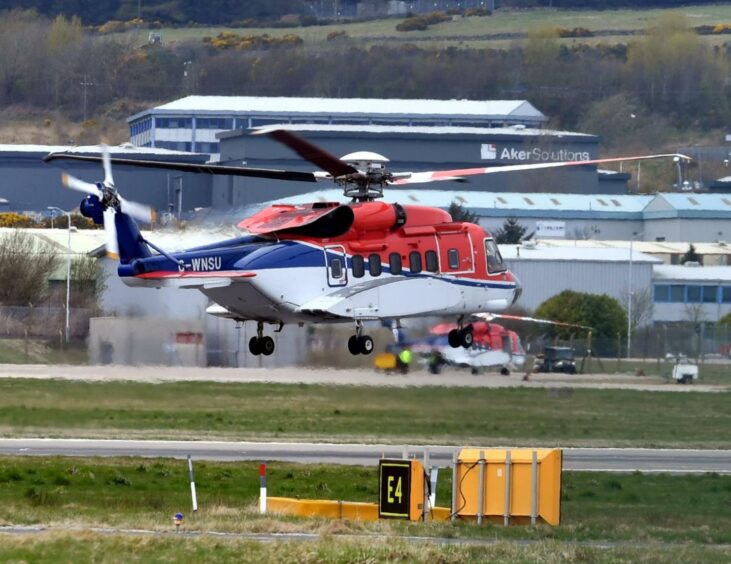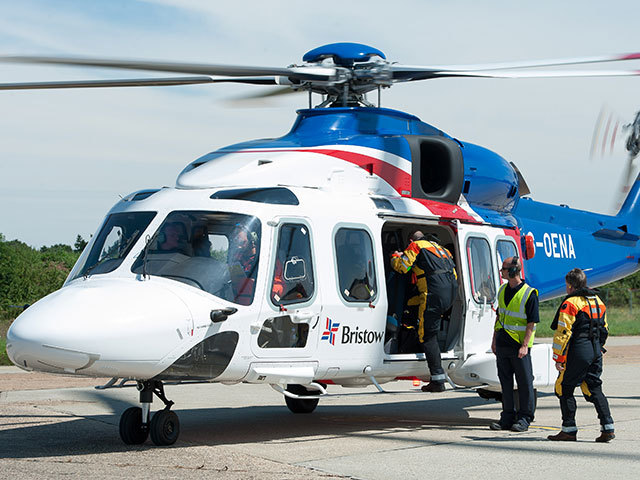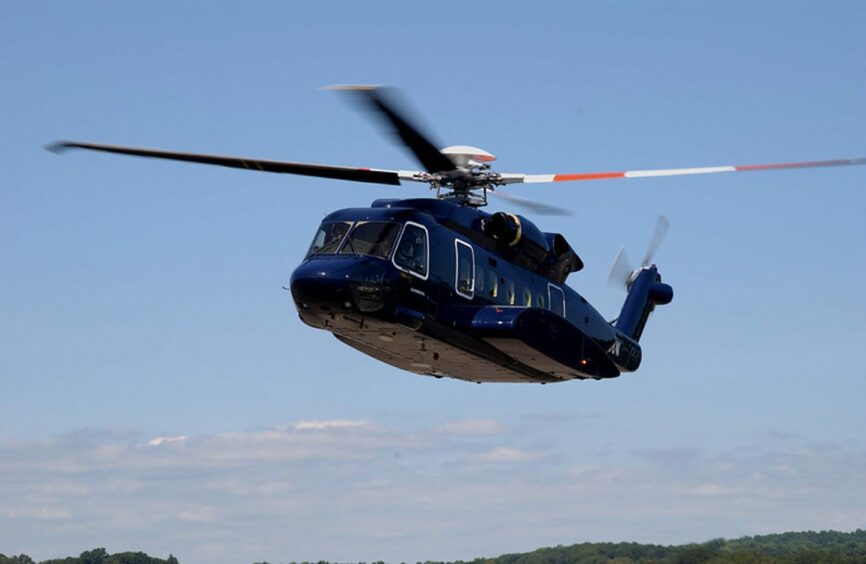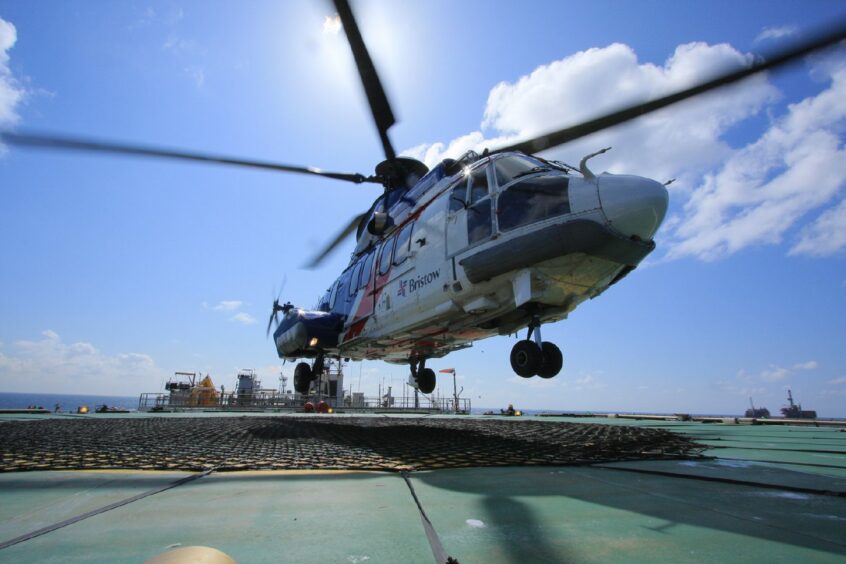
A shortage of spare parts poses “significant safety and operational risks” for a key offshore oil and gas helicopter type, a leading trade body has warned.
The International Association of Oil and Gas Producers (IOGP) has told its members that “a serious and deteriorating supply chain situation” is presenting safety issues for S-92 offshore helicopters.
A total of 31 helicopters are currently grounded as they await gearbox replacements, and that figure could double by the end of next year.
The S-92 is the dominant helicopter type used in the UK North Sea following the phase-out of the Super Puma during the 2010s. It is not known which geographies are worst affected by the safety warning.
Helicopter operators CHC, Bristow and PHI, have been impacted the most by this issue as they account for 61% of the total S-92 offshore/search and rescue fleet around the world.
CHC and Bristow both provide offshore flights from Aberdeen with the latter holding 11 S-92 aircraft for its energy customers in the region – both were asked for comment on the news.
CHC helicopters at the firm’s Dyce hangerIOGP outlines that main gearboxes have been in short supply, leaving some operators with helicopters in ‘aircraft on ground’ (AOG) condition.
Sikorsky’s president Paul Lemmo told Flight Global that a combination of increased flight hours – up 22% in recent years – and supply chain issues are what’s “really generating the problem”.
Production of gearbox housings, which can take a year to manufacture, along with a labour shortage, are among the issues cited by equipment manufacturers.
Lemmo said Sikorsky has increased gearbox output 40% this year, with further increases in 2024.
“We have been spending a lot of money, time and resources in the supply chain, to work with all of our suppliers who have had challenges to help them through the process,”
‘Significant safety and operational risks’
IOGP warned of “a serious and deteriorating supply chain situation in offshore helicopters that presents both significant safety and operational risks and which requires immediate management attention.”
The member organisation has found that ‘dispatch reliability rates’ have taken a dive from 92%, the industry norm, to “around 80%.”
The act of moving components from one aircraft to another to keep one in working order, something IOGP refers to as “robbery or cannibalization”, has been on the rise this year.
The organisation found that in 2023 robbery or cannibalization action had increased by between 50% and 106%.
In addition to this, extension requests to original equipment manufacturers for maintenance have also been on the up, increasing by 850% on average from the start of the year.
‘This situation with the S-92 is no longer fully in control of the operators’
“This situation with the S-92 is no longer fully in control of the operators and if we value the safety of our operations and the resilience of our critical contracted partners, now is not the time to add to their burden,” IOGP writes.
The member organisation added that enforcing “punitive financial penalties” or changing the conditions of contracts will only “worsen the operators position.”
Taking these types of measures will create stress on maintenance departments and “add further stress,” IOGP says.
The International Association of Oil and Gas Producers concludes that a collaborative approach will help helicopter firms through this situation and reduce safety risks.
The group recommends while its aircraft subcommittee engages with original equipment manufacturers and works towards a “sustainable solution” that “effective local action and engagement between individual clients and contracted operators is essential if the safety risks are to be mitigated and our normal very high levels of safety performance maintained.”
When asked about the findings of its letter, IOGP told Energy Voice: “IOGP prides itself on leading safety measures and collaboration efforts on behalf of the oil and gas sector.
“The action taken to notify all IOGP members of potential operational safety risks due to global offshore helicopter supply chain challenges is a perfect example of our work in action and us seeking to pre-emptively drive collaboration between operators and manufacturers to improve safety performance.”
Recommended for you

 © Supplied by Lockheed Martin
© Supplied by Lockheed Martin © SYSTEM
© SYSTEM